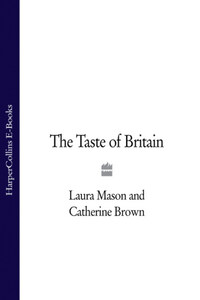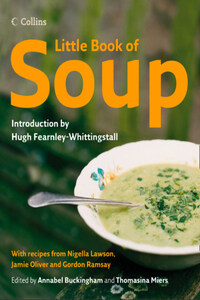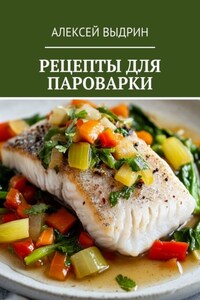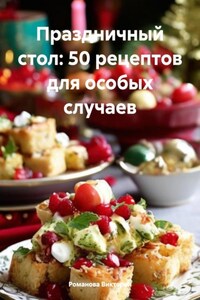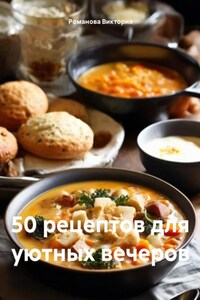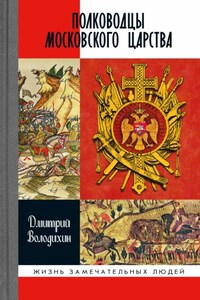Much is made these days of British food culture. Chefs and food writers, myself included, are keen to tell you that it’s thriving, it should be celebrated, it’s as good as anything our Continental cousins enjoy. Yet sometimes it seems as if our words come rolling back to us, as if bouncing off some distant land mass, unheard and unheeded along the way, so that we begin to have trouble persuading ourselves, let alone others, that there is something here worth fighting for.
The fact is that if you spend much time in supermarkets, or amongst the proliferation of branded fast foods on any high street, or if you eat in any but a handful of UK restaurants or pubs, then the concept of regional British food can seem a bit like Father Christmas, or Nirvana. A lovely romantic idea, but it doesn’t really exist, does it?
Well, yes, it does. And if you’re having trouble finding it, it may just be because you are looking in the wrong place. The problem, in part at least, is that the best, most uplifting stories about British food culture are being drowned out by the cacophony of mediocrity, and worse. The Turkey Twizzler is front page news - and rightly so, when it is making pre-basted, additive-laced butterballs of our children themselves. Shavings of Turkey ‘ham’ - 98 per cent fat free, of course - are filling the sandwiches of figure-conscious office workers the length and breadth of the nation. But the Norfolk Black, a real turkey slow-grown and bred for flavour, is out there, too - waiting to show you what he’s worth. He’s not making a song and dance -just gobbling quietly to himself. Track him down, and you’re in for a revelation.
That’s why this book is so timely, so necessary - and so brilliantly useful. It’s a map, an investigative tool that will enable you to leave behind the homogenous and the bland, and set off on an exciting journey to find Britain’s edible treasure - some of which may turn out to be hidden on your very doorstep.
And I urge you not merely to browse it, but to use it. Because if you can get out there and discover for yourself some of our great British specialities - whether it’s traditional sage Derby cheese, or the Yorkshire teacakes known as Fat Rascals, or a properly aged Suffolk cider vinegar - then you will discover, or at least remind yourself, that food can be so much more than fuel. That it can, several times a day, every day of our lives, relax us, stimulate us, and give us pleasure.
The foods described in this book can all work that small daily miracle of exciting our passions. Not all of them, for all of us. But each of them for some of us. They have been made and honed over generations - sometimes centuries - and they are still with us because enough of us - sometimes only just enough of us - love them. Of course, in many instances, we have yet to discover whether we love them or not. And that is why this book is so loaded with fantastic potential. Everybody has a new favourite food waiting for them in the pages ahead.
I’ve travelled fairly widely, if somewhat randomly, around Britain, and tracking down and tasting local foods has become an increasing priority for me. Very uplifting it is, too. Approach our regional food culture with a true sense of curiosity, and you can never become an old hand, or a jaded palate. I still feel a great sense of excitement and discovery when I finally get to eat a classic local dish on its own home turf. You can’t easily deconstruct the magic formula of a well-made Lancashire Hot Pot, or a Dorset apple cake. It is in the nature of such dishes that their sum is greater than their parts. But you can, when you find a version that hits the spot, instantly appreciate how such dishes have survived the harsh natural selection of public taste, and come to delight, comfort and sustain families and groups of friends for so long.
Recently, for instance, I managed to track down my very first proper Yorkshire curd tart, its delectable filling made from colostrum - the very rich milk produced by a cow for her newborn calf. It was baked for me by a farmer’s wife at home in her own kitchen, using the method passed down to her through her family, and it was wonderful - very rich, curdy and slightly crumbly - having a hint of cakiness without the flouriness (I told you deconstruction was a vain enterprise). Anyway, it was a world away from any ‘regular’ custard tart I’d tried before. What I learnt from that experience, and from many similar ones, is that regionality really does matter. If that tart had been made in Dorset or in the Highlands, it wouldn’t have tasted the same. And if it had not been made at all, the world - and on that drizzly autumn day, me - would have been the poorer for it.
